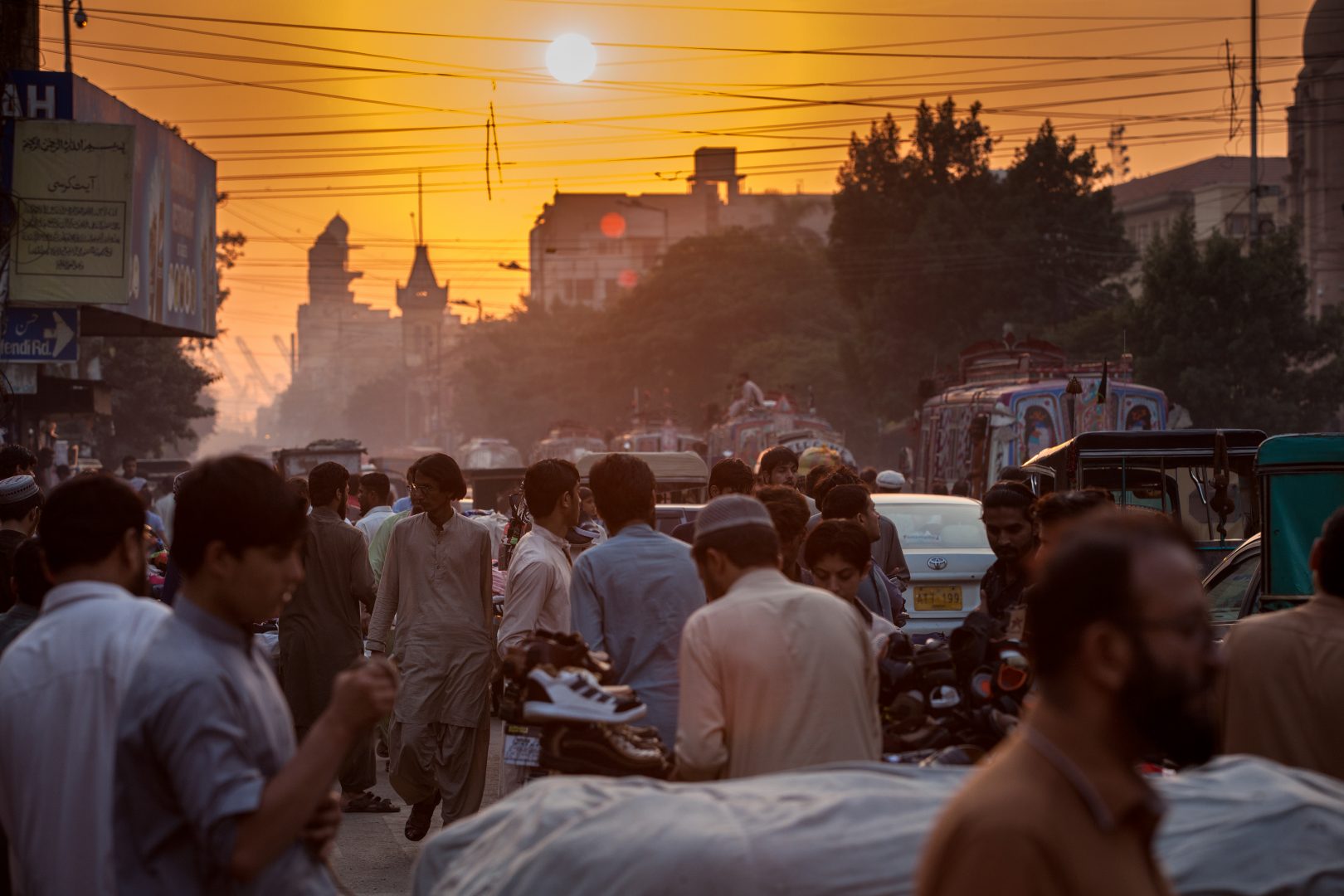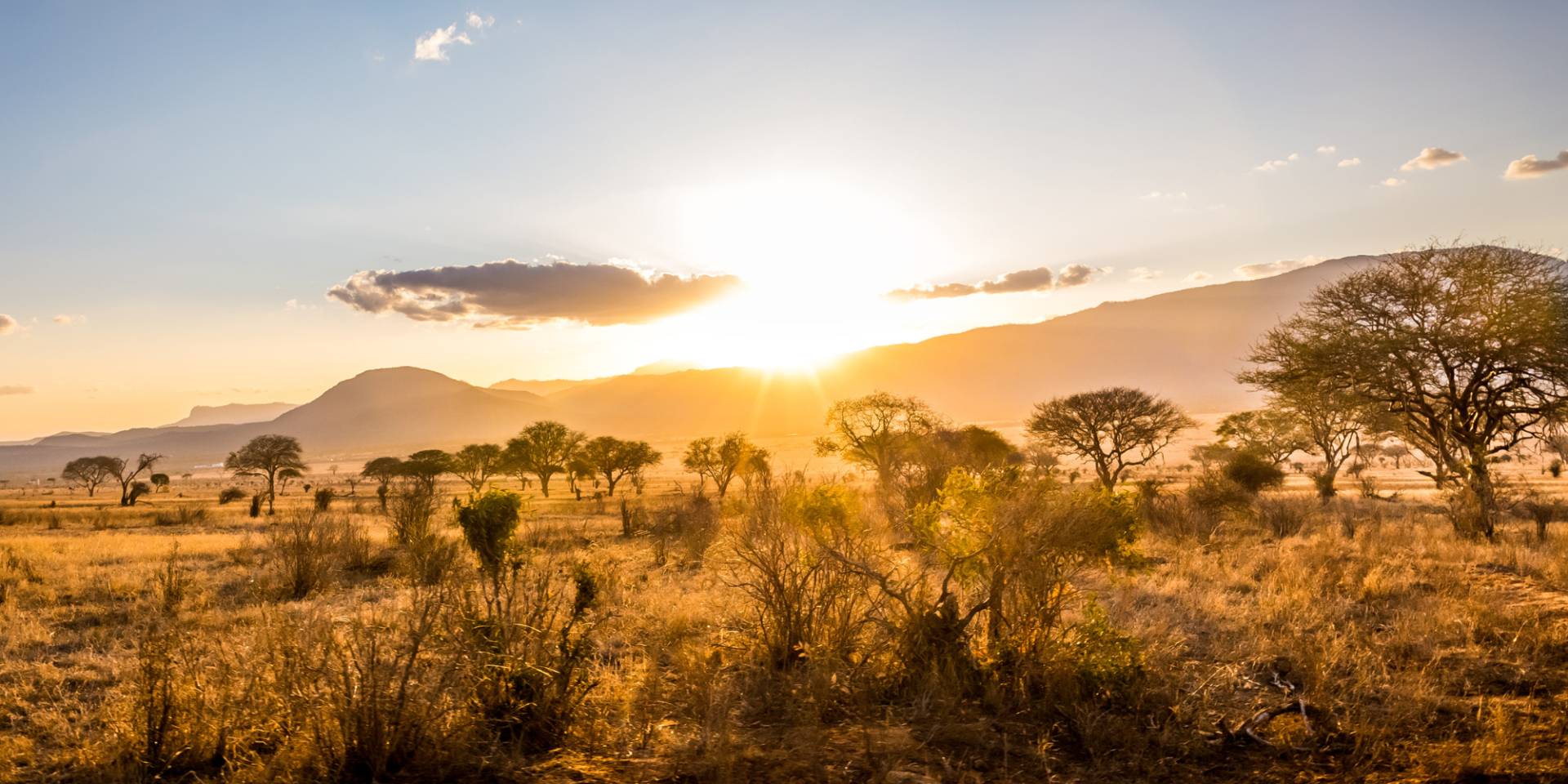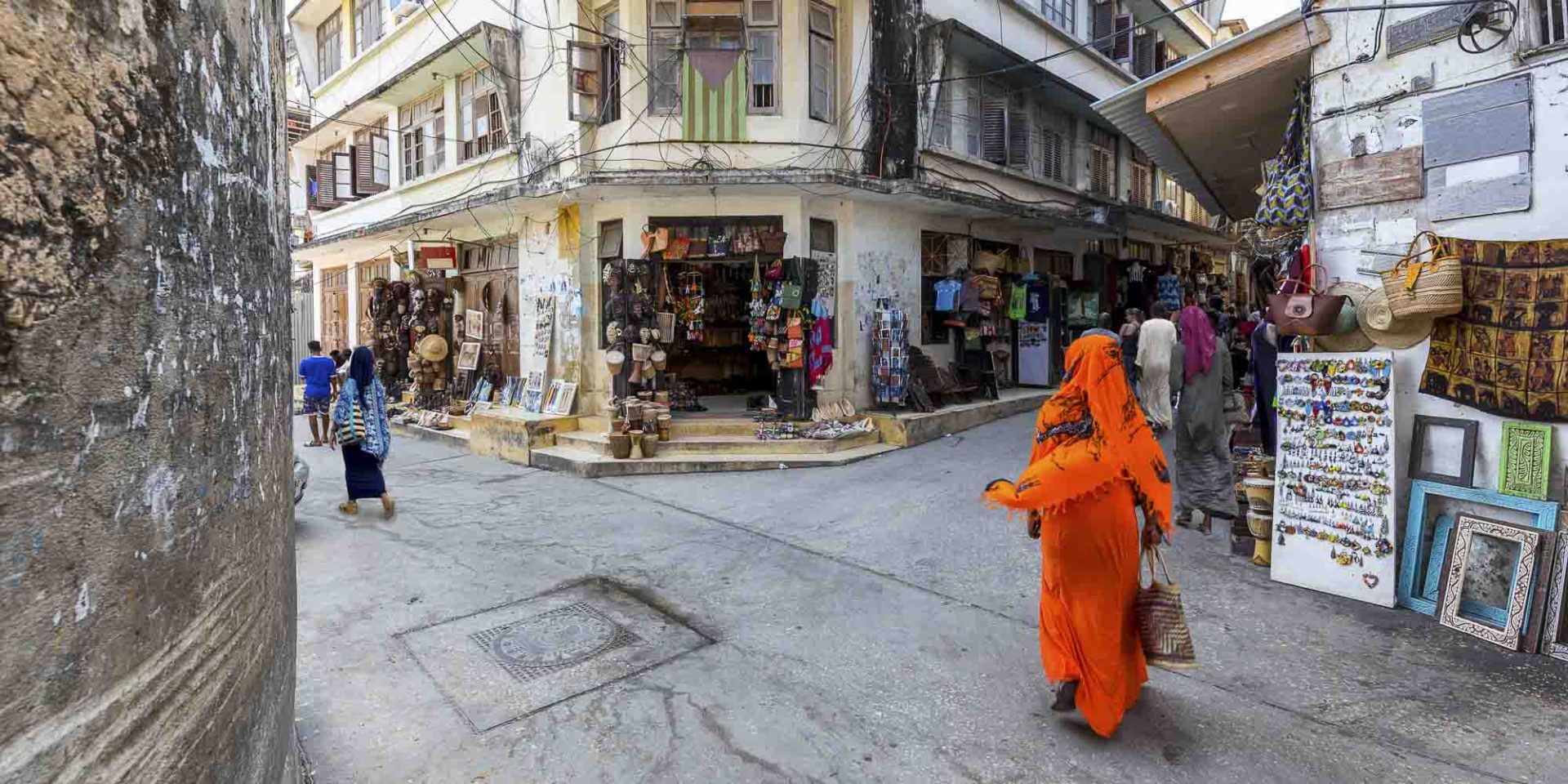The World Bank predicts another 70 to 100 million people will be forced into poverty as a result of coronavirus, reversing years of development progress, and 450,000 people have lost their lives so far.
2020 was meant to be the year that the UK hosted the 26th UN Climate Change Conference. Instead, the COVID-19 pandemic pushed the event—the first ‘global stocktake’ outlined in the Paris Agreement—to next year.
But amid some significant setbacks to the climate agenda, lie potential opportunities too.
Amar Bhattacharya is Senior Fellow within the Global Economy and Development Program at the Brookings Institution. He says that despite the significant steps many nations were taking towards a low-carbon economy, the world was not on a sustainable path before the crisis. “Even the growth path itself was not on a sustainable foundation.”
Amar says that green investment holds a lot of power to support countries in the second phase of managing the pandemic: recovery. Investments in renewables, for instance, can be done relatively fast and relatively safely.
How can we support developing nations to pave the way for the green investments that will be key to their post-COVID 19 recovery? “We have to have shovel-ready investments,” he says. “They have to be good to go. In most countries they’re not. We have to help countries to prepare the right kinds of projects and programs.”
CDC is a development finance institution (DFI) seeking to be at the forefront of such projects. In addition, CDC’s Climate Change Director Amal-Lee Amin says that right now, the focus is also on helping their portfolio companies get through the crisis. “First, we’re strengthening them, then we’re rebuilding them,” she says. Although the pandemic exposed the vulnerabilities and inequalities within and across South Asia and sub-Saharan Africa, where CDC invests, there’s a lot of crossover between CDC’s plans to support their investees post COVID-19 and elements of their forthcoming climate strategy, which they can put to work right away in the recovery phase.
“As we look to implement our climate strategy we see a lot of synergies with the Build Back Better agenda”, says Amal-Lee. “The focus of the socioeconomic transition—what we refer to as a just transition—is what most countries will be very focused on coming out of the COVID-19 crisis. Another building block is getting to net zero by 2050 and a growth path towards that. And the third is resilience: ensuring resilience in everything we do, all the investments we make. How do we help local businesses address adaptation and resilience going forward? In Africa and South Asia, countries are particularly vulnerable to climate impacts. They’re already feeling them and we know more is needed.”
Kumayl Khaleeli, CEO of renewable energy company Zephyr Power is sharply aware of those impacts. He’s also conscious of the importance of linking green investment to economic growth, which is a priority for many of the people he speaks to.
President of the Association for Indigenous Women and Peoples of Chad, Hindou Oumarou Ibrahim, is pushing for indigenous solutions as governments focus on getting back to business. “We all know about the billions that the government want to inject into the economy”, she says. “This money will all go towards business as usual: saving the businesses, saving the jobs. What about investing in a sustainable life?”
Hindou says that governments have to change the way they work with communities. “They cannot come to us and say ‘we have a great project for you for climate change.’ It can’t work like that any more.” For investors to implement the right project, she says, politicians must take the right decisions, but first they must understand what the communities are living through with every season.
In Pakistan, Khumayl has made it his business to support the livelihoods of the communities that live on or around his project sites. Right now, he’s developing a site rich in mangroves where local people catch fish and crabs. He’s made it a priority to establish and maintain relationships with the people who live there and focus his project company on protecting the mangroves. “It’s been an interesting alignment of our local communities,” he says. “We’ve worked hard with the forestry departments and local communities—with the help of CDC—to help them realise that there’s long term benefits to adopting environmental awareness.”
After gaining the support of government too, he says that you can see the site is flourishing: more mangroves, more wildlife and a resulting boost to the local communities. “Our partners see that these are decisions we take and strategies we make every day. That means the plan has been moulded as the project has grown and as we see the site settled over time.”
In Hindou’s community, people live with the impact of climate change every day. The pandemic has made life more difficult: “We are innovating,” she says. “We go to a farm and find water, or to a forest and find food, because our markets are shut. We change our behaviour to rely on our traditional knowledge to better cope with our environment. We act collectively.
“Climate change doesn’t care about borders. It doesn’t care if you have a mask or if you are touching each other. If there is no rain, you can’t cultivate your crops and you cannot put food on the table. So it impacts everyone. That’s why it’s important to blend the international discussions with local realities.”
Amal-Lee agrees, and CDC has already made some investments in nature-based solutions and is actively looking to invest much more. Nature-based solutions can help build resilience to climate change. “It’s crucial that we look to improve degraded lands and improve local value chains in agriculture or sustainable forestry”, she says. “How can investment create local jobs, provide local benefits and support local entrepreneurs?” Like Hindou, she’s acutely aware that not every solution is a high-tech solution, particularly when it comes to the question of how to become more resilient to the impacts of climate change.
Investing in new technology also needs to play a key role in tackling the climate crisis. “How do we improve connectivity? How do rural communities have better access to remote health services where necessary? This is how we can improve resilience to climate impact in the future. That’s an area where we hope to do a lot more as we roll out our climate strategy at CDC.”
Over the next few years CDC, alongside other development finance institutions, expects to allocate significant amounts of investment to support developing countries on the path to net zero, says Amal-Lee. “But we can’t do it on our own.” It’s vital that governments and the private sector are on board.
Amar says that as countries turn the corner of managing the pandemic, recovery has to be built on a clear vision of transformation. The goal in the end is to get the transformation we need for a low carbon economy.
“A lot of green investments are job intensive,” he says. “They’re powerful multipliers. Not only economic multipliers but others, such as reduced congestion and pollution, improvements in quality of life and protecting the ecosystem. Green investments will do better in terms of a better recovery.”
This article is based on conversations during our recent event, Resilience and green growth: Moving the needle on climate action post-pandemic, held in partnership with Devex. Watch the full recording of the event, and sign up to the next event in the three-part leadership series.







